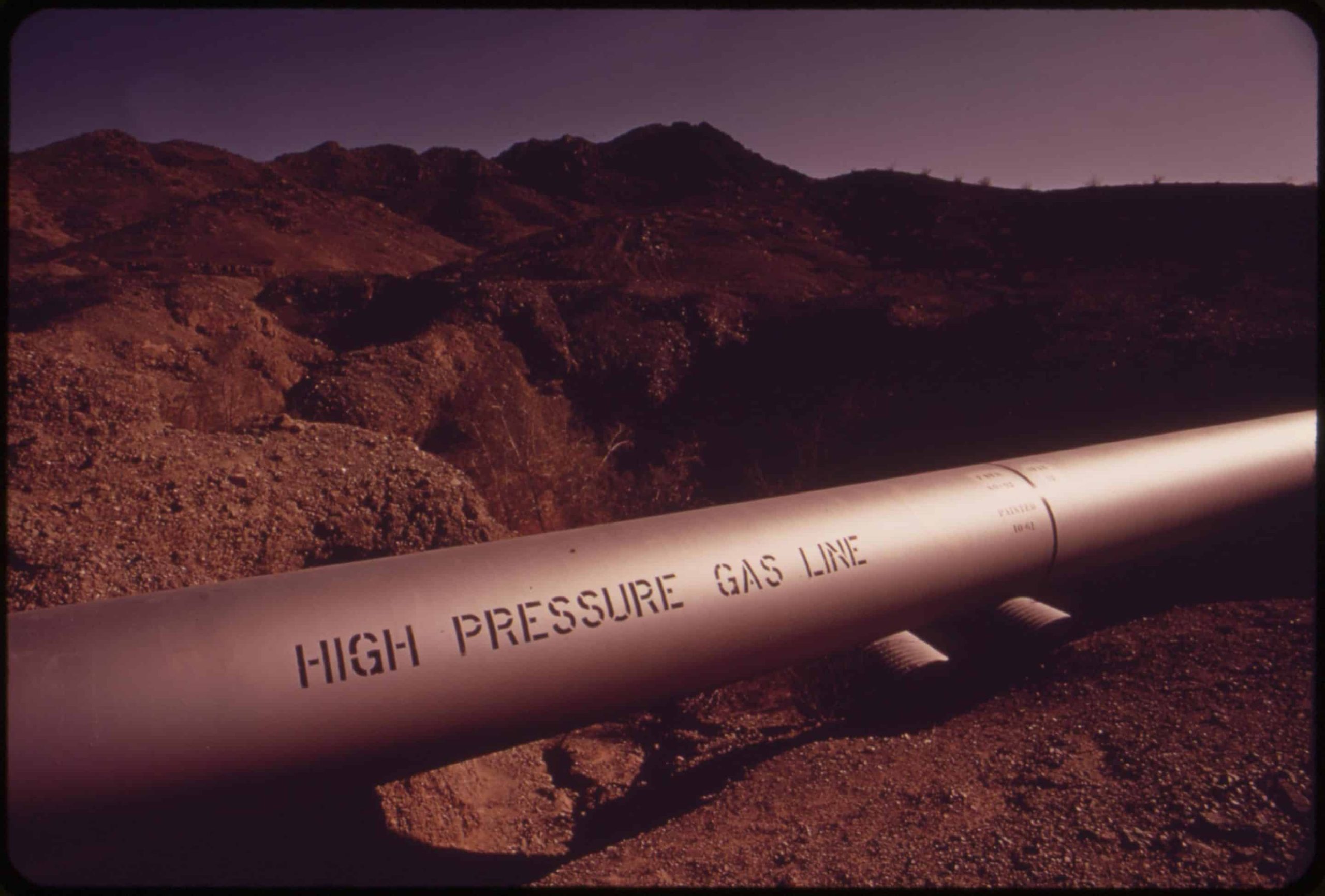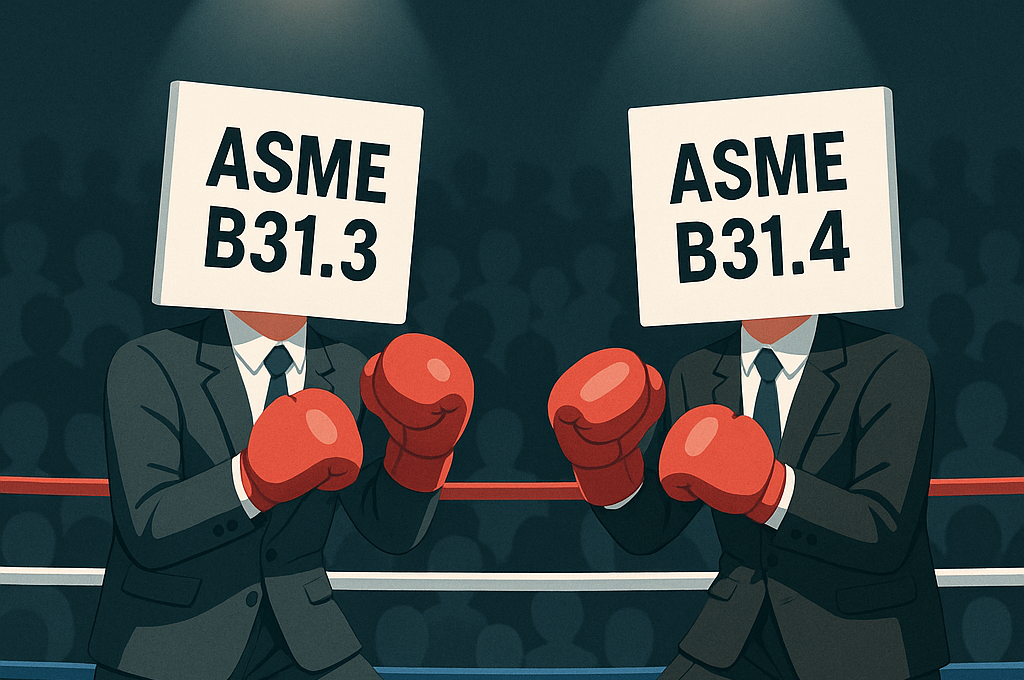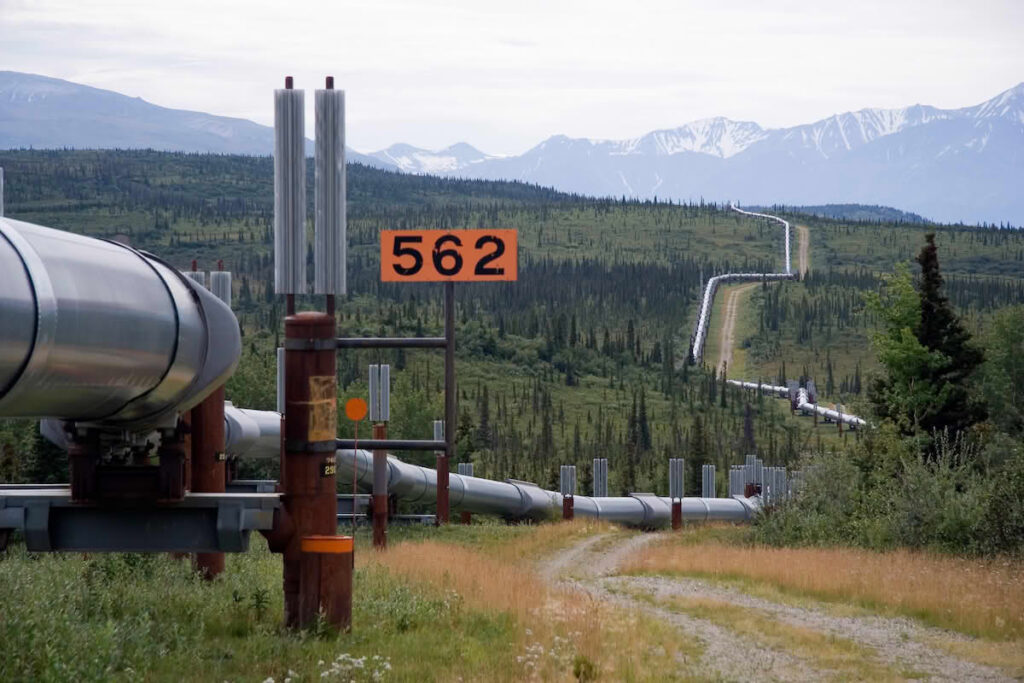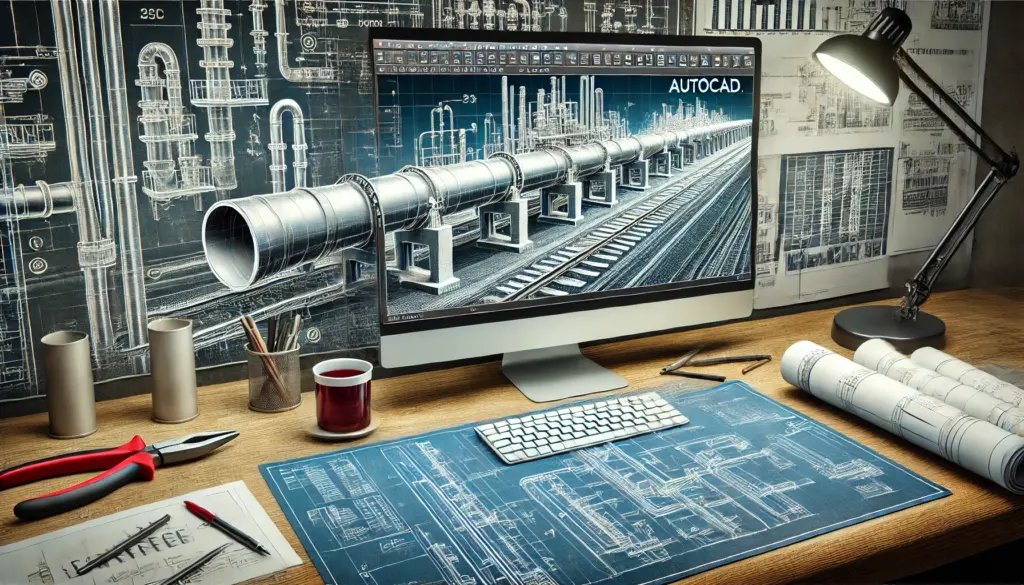The concept of internally lining gas pipelines – known as internal flow coating – was first developed in the 1950s to counter the adverse effects on pipeline capacity, operation and pumping costs caused by the rough internal surface of steel pipes and the build-up of deposits and corrosion products. Internal coating of pipelines is used to reduce friction and improve the flow conditions when conveying non-corrosive gases, and to offer sufficient corrosion protection during storage and transport of the pipes. The reduction in friction depends on various parameters like the pressure and temperature of the gas, and the diameter of the pipe. Therefore, it is not possible to give a single figure for this reduction in friction.
Pyrophoric dust may be produced in pipelines when the fluid contains H2S under specific conditions. FeS will form when the fluid is in contact with bare steel pipe over a sufficient period, and the water vapor content of the gas is more than 60 percent of the content corresponding to the water dew point. FeS creates operational problems, particularly at pressure reduction stations. It is a hazard when it encounters air. Finally, the dust can accumulate at isolating flanges and, since it is conductive, render them ineffective. When pyrophoric dust is expected, internal flow coating of the pipeline is strongly recommended.
In order to establish sufficient corrosion protection and to ensure optimum performance of the internal coating in the steel pipes, it is necessary for owners of pipelines, planners, consultants, companies carrying out the work, inspectors of protective coatings and manufacturers of coating materials to have at their disposal state-of-the-art information in concise form including requirements for the coating. Such information must be as complete as possible, unambiguous and easily understandable to avoid difficulties and misunderstandings between the parties concerned.
The hydraulic studies conducted during the conceptual and front-end engineering design stages of a project shall include an assessment of the economic benefits of use of flow coat. The resulting reduction in friction pressure loss may suffice to reduce the line size and or allow considerable savings in required compression power.
Benefits
The benefits of using a flow efficiency coating There are several benefits in using a flow efficiency coating for a natural gas pipeline. Below are some of the different ways in which these benefits can be recognized:
- A reduction in the pressure drop in the pipeline and thus an increase in the flow rate of natural gas through the pipeline.
- A decrease in the pipeline outer diameter in the design phase of the project to achieve the same flow capacity as reported by Tobin and al (2005).
- A reduction in power consumption for compression of the gas to achieve the same flow capacity, with a subsequent reduction in greenhouse gas emissions for the transportation of natural gas as reported by Westcoat Energy (2003).
Other benefits that can be achieved during installation and operation of the pipeline include: –
- Preventing the corrosion from reforming, eliminating the need for additional pre-commissioning work.
- Easier and faster commissioning of the pipeline thanks to the faster drying compared to the uncoated pipe after hydrostatic testing.
- Simplification of the testing and any robotic inspection procedures by the improved mobility of the equipment travelling down an internally coated pipe.
- The inhibition of Black Powder* formation within the gas pipeline – it leads to erosion failures and damages pipeline operating valves. Obviously, it can clog instruments and filters, lower the efficiency of compressors, and contaminate the supplied product to customers. This is a world-wide problem that affects most gas pipeline operators.
- Short term corrosion protection during transport and storage.
Requirements
The coating material shall typically be a two-pack epoxy paint. It shall not contain any substances which will be released from the paint film after it has cured and are proven to be detrimental to the operation of the pipeline and the quality of the gas. The typical operating temperature range for this type of coating is between -20 C to 110 C.
Nowadays, two international standards are well recognized when technical requirements for Flow Efficiency Coatings are considered:
- API 5L2: « Recommended Practice for Internal Coating of Line Pipe For Non-Corrosive Gas Transmission Service », by the American Petroleum Institute
- ISO 15741: « Paints and varnishes — Friction-reduction coatings for the interior of on and offshore steel pipelines for non-corrosive gases »





